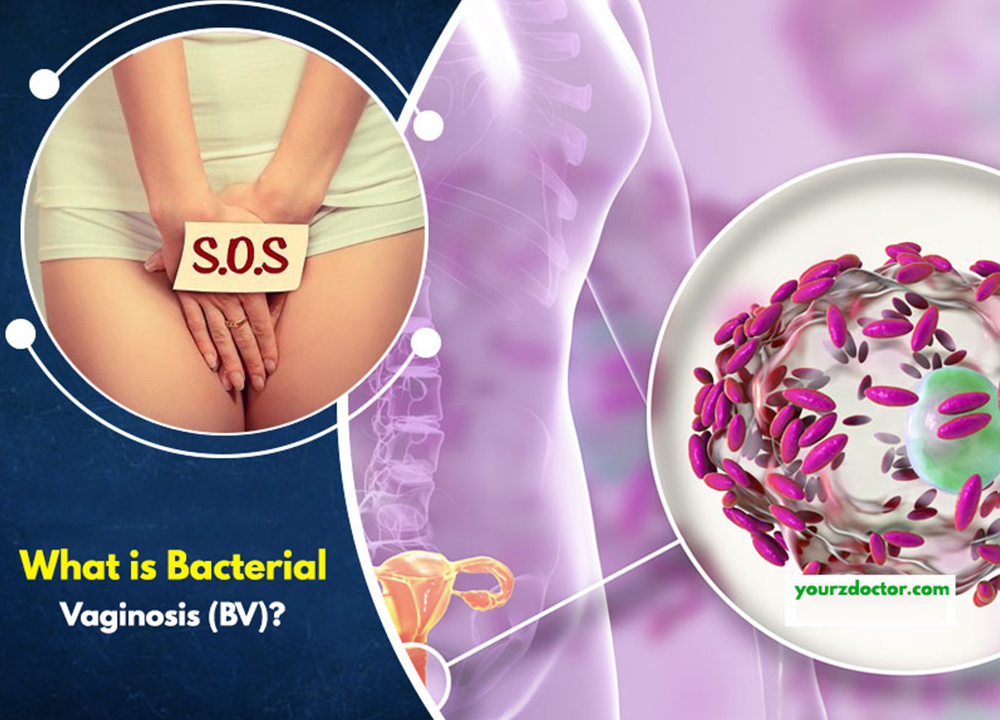Bacterial vaginosis (BV) is a common vaginal infection that occurs due to an imbalance in the vaginal flora. It occurs when there is an overgrowth of harmful bacteria in the vagina, leading to symptoms such as itching, burning, and an unpleasant odor. In this blog post, we will discuss the causes, symptoms, and treatment of bacterial vaginosis.
Bacterial Vaginosis (BV): Causes, Symptoms, and Treatment
Causes of Bacterial Vaginosis
The exact
cause of bacterial vaginosis is unknown. However, several factors can increase
the risk of developing this infection. Some of these factors include:
1. Sexual Activity:
Women who are sexually active are at higher risk of developing BV. Multiple
sexual partners or a new sexual partner can disrupt the natural balance of
bacteria in the vagina, leading to BV.
2. Vaginal
Douching: Douching can disrupt the natural balance of bacteria in the vagina
and increase the risk of developing BV.
3. Antibiotics: The
use of antibiotics can also increase the risk of developing bacterial
vaginosis. Antibiotics can kill the good bacteria in the vagina, leading to an
overgrowth of harmful bacteria.
4. Menstrual Cycle:
Changes in the hormone levels during the menstrual cycle can also lead to an
overgrowth of harmful bacteria in the vagina.
Symptoms of Bacterial Vaginosis
The symptoms
of bacterial vaginosis can vary from person to person. Some women may
experience mild symptoms, while others may experience severe symptoms. Some of
the common symptoms of bacterial vaginosis include:
· Unpleasant Odor:
One of the most common symptoms of BV is an unpleasant fishy odor. This odor
may become more noticeable after sexual intercourse.
· Vaginal
Discharge: Women with BV may experience a thin, white or grayish vaginal
discharge.
· Itching and
Burning: Women with BV may also experience itching and burning in the vagina.
· Painful
Urination: Some women may experience pain or discomfort while urinating.
Treatment of Bacterial Vaginosis
The
treatment of bacterial vaginosis usually involves the use of
antibiotics. Your healthcare provider may prescribe oral antibiotics or topical
antibiotics in the form of creams or gels. Some of the common antibiotics used
to treat BV include metronidazole and clindamycin.
In addition
to antibiotics, there are several things you can do to prevent BV from
recurring. Some of these things include:
1. Practice Good
Hygiene: Keep the vaginal area clean and dry. Avoid using scented products or
douching.
2. Use Condoms:
Using condoms during sexual activity can help prevent the spread of harmful
bacteria.
3. Probiotics:
Eating foods that are high in probiotics, such as yogurt, can help promote the
growth of good bacteria in the vagina.
Bacterial
vaginosis is a
common vaginal infection that can cause discomfort and embarrassment. If you
are experiencing any of the symptoms of BV, it is important to see your
healthcare provider. With the right treatment and prevention strategies, you
can manage this infection and prevent it from recurring. Remember to practice
good hygiene, use condoms during sexual activity, and eat a healthy diet to
promote the growth of good bacteria in the vagina.
Read
more
Related Tags
bacterial
vaginosis,bacterial vaginosis treatment,bacterial vaginosis symptoms,treatment
for bacterial vaginosis,bacterial vaginosis symptoms and treatments,bacterial
vaginosis causes symptoms and treatments,how to cure bacterial vaginosis,what
is bacterial vaginosis,symptoms of bacterial vaginosis,what causes bacterial
vaginosis,bacterial vaginosis causes,testing for bacterial vaginosis,bacterial
vaginosis discharge,bacterial vaginosis test,vaginosis treatment






0 Comments